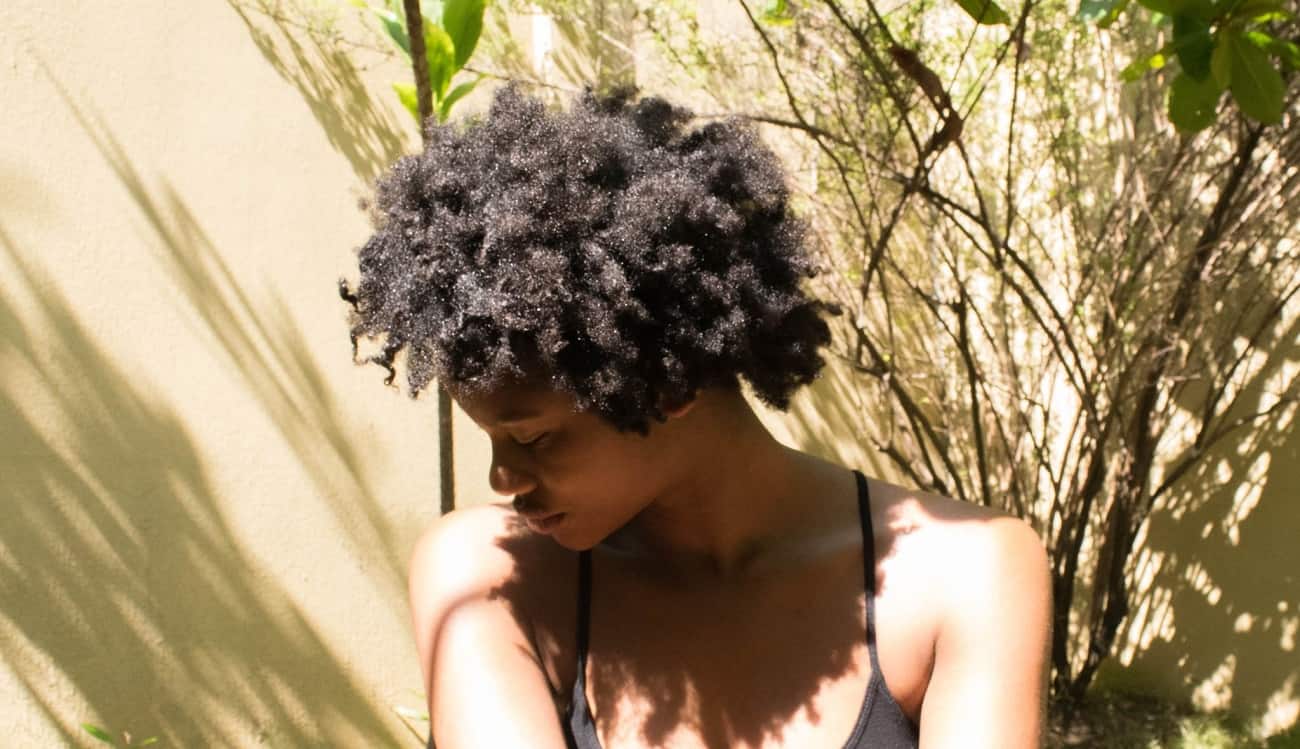Count Me In is a multi-part series that focuses on making visible the thriving natural hair movement among Afro-descended Costa Ricans within the context of the larger natural hair revolution occurring throughout the Americas and the Caribbean.
It’s more than hair for many Afro-Latinas. The decision to wear their hair natural is a reclaiming of culture and fighting back against centuries of erasure of Black identity. That erasure has led to the creation of terms like “pajon” and “pelo malo” (bad hair) in reference to tightly coiled/Afro-textured hair versus “pelo bueno,” silky, straight hair. –Janela Martinez, Vivala Magazine, 2016
Several weeks ago, my young Afro-Tica cousin came to my house to borrow a book from my personal library. My mouth hung open when she exited her car and embraced me.
For the first time ever, Trisha – pictured above – was wearing the most beautiful, vibrant afro, and I have never seen her so self-confident. I was curious about what prompted such a radical transition after years of using braids with extensions and aliset (chemicals for straightening hair). With what I knew of the “respectability politics” within the Afro-Tico community and in the larger mestizo (white-presenting) Costa Rican society, a tall black girl wearing her natural hair was a radical statement about self-representation.
I was intrigued: I have lived a fairly insulated life here where I do not engage with many Afro-Ticos beyond my own family on a daily basis.
Our discussion that evening about beauty, acceptance, the global natural hair movement, family pressure, religion and notions of “professionalism” is the impetus for this multi-part AfroCosta Rican Natural Hair Series, Count Me In. The political and historical context of Black hair within the West is too long and complex for this column, but what is clear is that there is a long standing legacy, dating back from the Trans-Atlantic Slave Trade, that stigmatizes the ways in which black men and women wear their natural hair.
Taken from the examples of white womanhood on slave plantations in the Caribbean and the Americas, the ideals around “good hair” (“pelo bueno”) were conflated with “straight hair,” as many enslaved black women were fully responsible for the grooming of their white mistresses and owners, while they did not have the resources – combs, oils – to sustain their own hair. (Many enslaved Africans used elaborate cornrows as hairstyles to demarcate the path for the Underground Railroad in the southern parts of the U.S. during slavery.)
Afro, tightly curled hair, symbolic of all things African, became the signifier of all things dirty, uncontrollable, unpresentable, savage. Essentially, your hair became a constant reminder of your status as slave or having a slave past.
In order to combat centuries of negative stereotypes about afro hair, many people of African decent have waged personal wars with trying to “control the kink.” This means using Madame C. J. Walker´s hot combs, using wigs, chemical perms, blow dryers, braid extensions, sewn-in weaves and a myriad of other forms of false hair that served a singular purpose: to control the curl!
This was done as a response to the message that in order to be presentable and “non-threatening” in the larger non-Black society, one had to diminish the presence of “Africa” as much as possible in order to assimilate.
The non-subtle public standards of beauty which bombard TV and social and print media do not use an Afro-centric phenotype as the epitome of beauty ideals. Rather, the tall, thin, straight-haired European woman – and man – maintains the center of desire, and the drive to attain these ideals has created incredible havoc within Afro-descended communities, especially for women.
If one’s job access relies on presentability and your afro is not considered suitable, then the messages are clear about what one has to do to attain access to resources, have the ability to feed your family, and generally progress within society.
However, as the growing consciousness around self-identity and representation continues within Afro-descended populations, radical methods of claiming one’s natural hair have appeared throughout social media, from YouTube tutorials to Facebook group pages. All of these resources promote emotional solidarity, hair care tips and political support for resisting age-old stereotypes of what natural African hair should look like. From the Dominican Republic´s Miss Rizos to the natural hair festivals in Brooklyn, New York, to the Natural hair pageants in Cuba and Brazil, Afro-descended populations are making a loud cultural, political and economic statement about how their personhood will be situated on the global stage.
After talking to Trisha, I was very interested in finding out how Afro-Ticas in particular were managing their hair in the daily society among a majority mestizo Tico population with straight hair. Trisha recommended that I join a closed Facebook group called Natural Hair Sistahs 506, founded by Ichael, an Afro-Tica.
Upon acceptance into the group, I amazingly lifted a lid to reveal a vibrant natural hair movement in Costa Rica of over 500 Afro-Tica women (and women in the Diaspora who had Afro-Tico parentage. Who would have known? I posted a request to interview women on their natural hair practices for this series. Within 10 days, I spoke to 10 women around three specifically framed questions. The first two questions will be the focus of this piece.
I have included pictures of the women who granted me permission to show them as they happily wear their natural, afro hair. All of them went through an extensive hair journey that involved natural hair styles as a child to the pressure to fit in amongst peers by turning to chemically straightened hair. Finally, each of them returning to natural hair styles as a form of liberation and self-love.
This series intends to make visible the hair movement in Costa Rica in order to join the current conversations about the Afro-Latina natural hair movement which spans the Americans and Caribbean.
Chapter 1: Growing up with Afro hair as a child in Costa Rica and impressions from peers
Aimee, an Afro-Tica living in California, was raised by her Afro-Tica mom who was born in Limón. As a child in Los Angeles, Aimee wore a small afro, braids with beads and cornrows all decorated with colorful hair clips. Her hair was blow dried straight for special occasions though she always wanted to fit in with her classmates who had straight hair.
By the fourth grade, her grandmother was straightening her hair with a hot comb and finally a relaxer. Aimee continues to straighten her hair today but is interested in learning how to take care of natural hair if she one days decides to make the big “chop.”

Pamela and her sister Stephannie were born and raised in San José and are mixed, with an Afro-Tico father and a mestiza (white-presenting) mother from San José. The girls had different textures of curly hair, and most of their hair care as children was taken over by their father´s black side of the family.
The message was clear: curly hair had to be maintained and presentable at all times. As children, the girls had their natural hair braided, twisted and maintained a weekly washing/oiling/braiding ritual every Saturday.
Pamela said that by fifth grade, she was wearing box braids and though she enjoyed the freedom of its easy styling, sometimes she was called “dirty” by her peers. By high school, she began with an aliset to get straight hair. Stephannie said she never had an issue with her natural hair as a child though all her hair decisions were made by the adults around her. She began using an aliset when she was 15 which included blowing drying and rollers once a week.
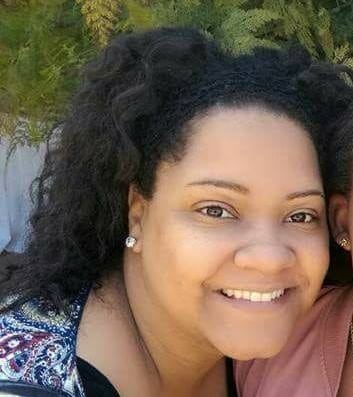
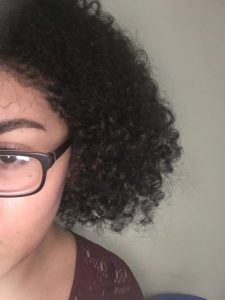
Scarlett grew up in San Isidro with her mestiza mom and without her Jamaican father. As a child, there were no other Afro-Tico children in her environment. Her curly hair and brown skin color made her stand out.
Every two months she would go to San José as a child to get her hair braided by a black woman there. Scarlett was teased terribly as a child, being called “ugly,” “nappy-headed,” “La Negrita” and “dishwasher sponge head” by her classmates. She hated the braids that her mother did for her, and by the age of six, she would cry nightly, begging to wake up white like the children around her.
It was difficult to find any self-beauty, as she did not look like her mother, who was her primary caretaker. She knew she was different. By the time she was 7 and in third grade, she began to use an aliset, a chemical crème that straightened curly hair. Though there were burns on her scalp because of the chemicals, it was a “relief” to finally “feel beautiful,” and it was affirmed when her classmates stopped making fun of her hair and she became part of the group.

Shanil was born in San José to Afro-Tico parents and as a child, her mother took excellent care of her hair, using Vaseline to promote natural, long healthy hair. For special occasions, her grandmother would put braids in her hair, adorned with colorful barrettes.
She started wearing braids with extensions at 10. She went to a private school in Tibás, just north of San José, and though she was the only black girl in her year, the kids all knew each other and never made her feel different. She did not grow up with many other black kids, outside of her mother’s best friend and their family. Shanil did not begin using an aliset for straightened hair until she was 15.
Ichael was born to Afro-Tico parents who were both from Limón. Her dad decided to move to San José because of his work playing soccer. As a child, her mother took care of her hair with weekly rituals of Saturday washing, oiling and braiding. On special occasions, barrettes were put in with braids, though from young she knew that she wanted “long and flowing hair” like the mestizo kids around her.
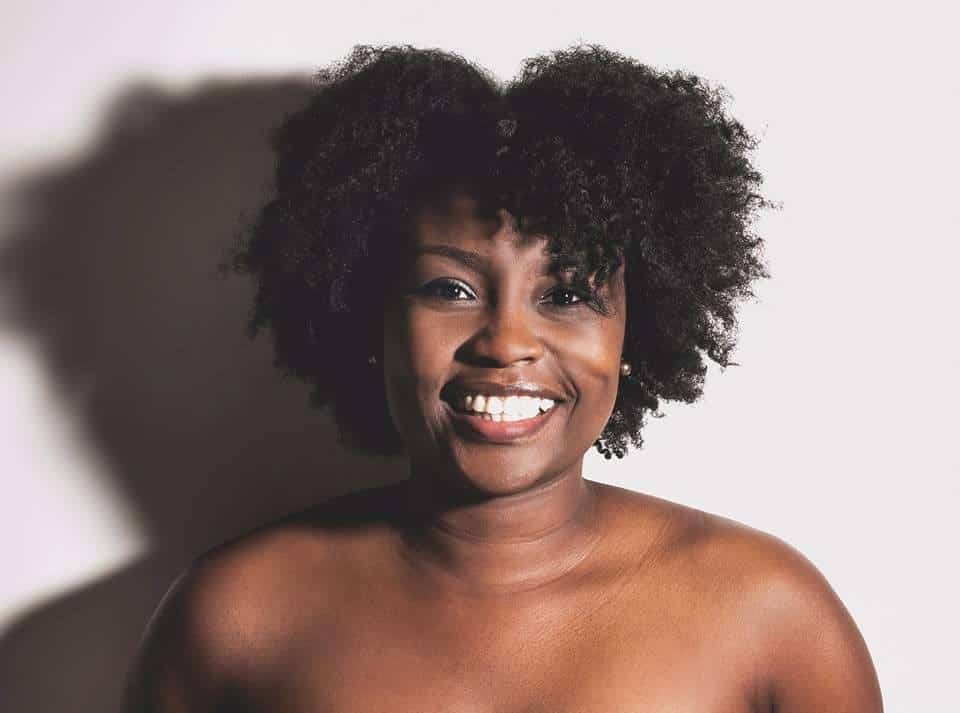
After wearing braids with extensions for some years, at the age of 12, Ichi had her first aliset. She remembers that in school she always felt bad amongst her peers and by the age of seven she was being teased badly, being called “monkey” and “shit.”
One day, she went to her teacher and told her how the kids made her feel bad. The teacher’s response was to ask all of the students to draw a picture for Ichi, and there was one little boy who drew Ichi as a beautiful brown princess.
It was at that moment, she says, that she changed her own perspective and started feeling beautiful with her brown skin. For the first time among her classmates, she felt appreciated.
Xio was born in Guanacaste to a black, non-Tico father and a mother whose history included the first wave of African peoples in colonial Cartago, though unrecognized. She knew as a child that she was visually different with her curly hair and brown skin. Her mother had no idea how to handle her hair, so she would use oil to make finger curls, two long braids or ponytails as a way to make Xio’s hair presentable.
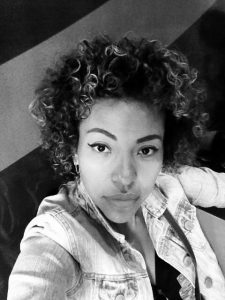
Xio always had a clear message from her mestizo mother that she should not leave the house without having her hair done, “controlled” so that she was presentable in public. By the time she was 10, she became miserable in school as her peers pointed out her afro hair and her African features. Other kids always would constantly touch her hair, making her feel like a petted dog, and it would make her really angry. Frustrated by wanting to fit in and have the long, straight hair of her peers, Xio had her first aliset at the age of 12 because, she says, she could not take it anymore. Her hair also reminded her of her father’s heritage, which she did not know much about.
Shannon, who was raised in Limón to an Afro-Tica mother and a mestizo father, grew up knowing that her curly hair made her stand out from the other kids around her who had straight hair. It was her black aunt who would come over and take special care of her hair as a child, mostly braiding her hair to look presentable.
Shannon did not notice her hair was really different until fourth grade, when her mother decided to put in an aliset so that she could have straight hair and fit in amongst her Tico peers.
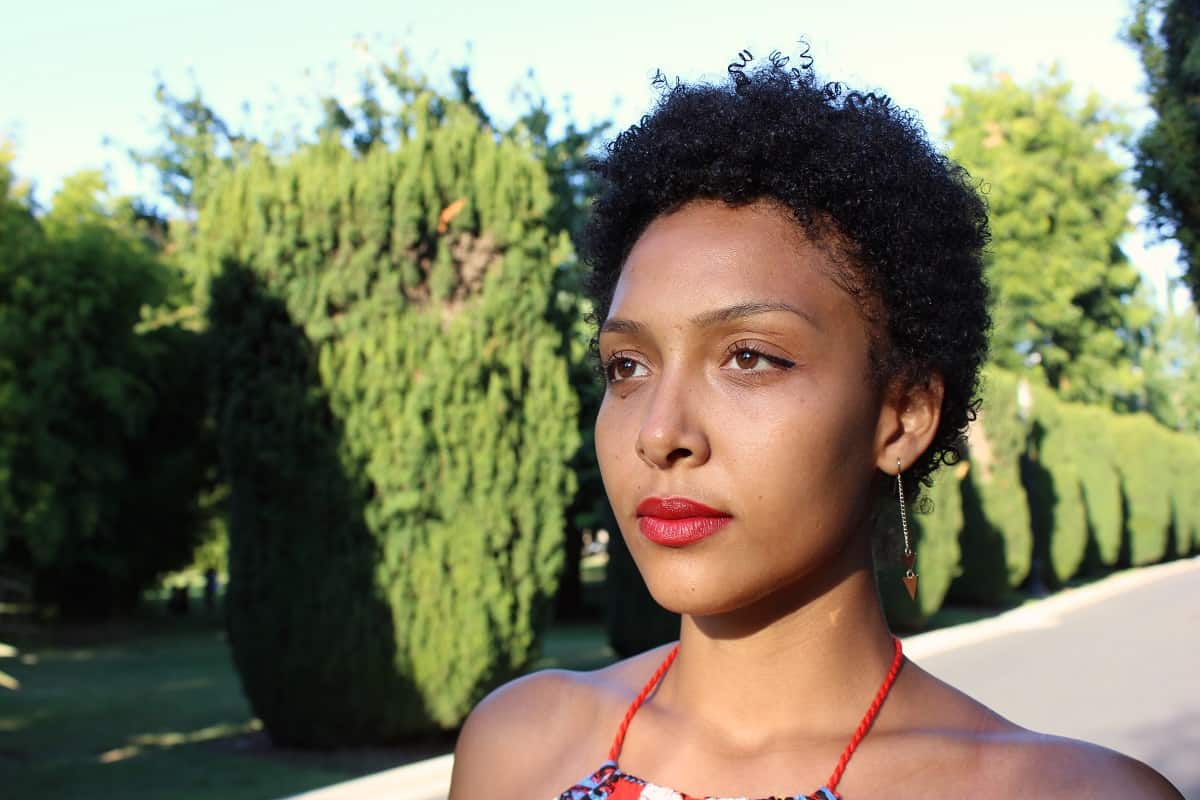
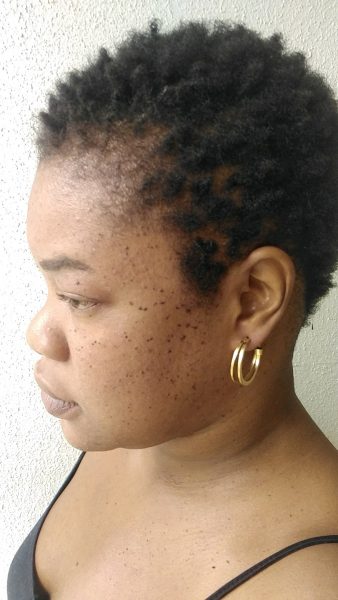
Ilinka was born in San José but raised in Limón, where her parents worked as educators. As a child, her hair was very thick and curly, and her busy parents hired a woman to come to the house to take care of her hair as a child which included braids and cornrow hair styles, using “Dax” and “Blue Magic” as staple hair products for shine and growth. With three sisters, all with varying grades of thick afro-hair, Ilinka used to dread the detangling process of her hair. It hurt to get her hair done.
Ilinka had her first aliset in the sixth grade to celebrate her graduation. As a student amongst many Afro-Ticos in Limón, she was following the trend of other black girls who had chemically straightened hair. The message was loud and clear: in order to look beautiful and fit in among blacks, you needed to have straight hair or braids with extensions.
***
Not only find did I find global commonalities around societal expectations, hair care rituals and the politics of being “presentable” in these interviews, but I found a sisterhood of women in Costa Rica who are conscientiously re-figuring how they want to present their hair and identity to the society at large.
All these women attended Costa Rican private schools – with the exception of Aimee – in a familial culture that prioritized education and the need to speak English. Each journey was unique, yet so familiar. I could have been talking to a black woman in Brooklyn, Jamaica or South Africa.
Next month, we’ll explore how the experiences of these women came full circle as they each made the transition back to natural hair as a form of self-love and Afro-pride.
Read more from Natasha Gordon-Chipembere here.
Natasha Gordon-Chipembere holds a PhD in English. She is a writer, professor and founder of the Tengo Sed Writers Retreats. In June 2014, she moved to Heredia, Costa Rica with her family from New York. She may be reached at indisunflower@gmail.com. Her column “Musings from an Afro-Costa Rican” is published monthly.

